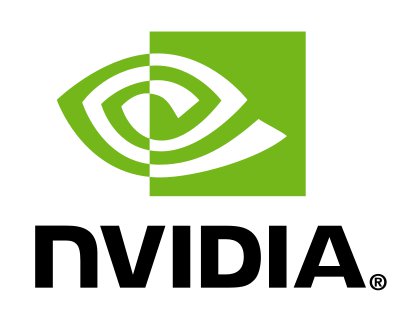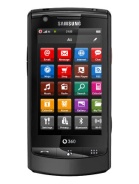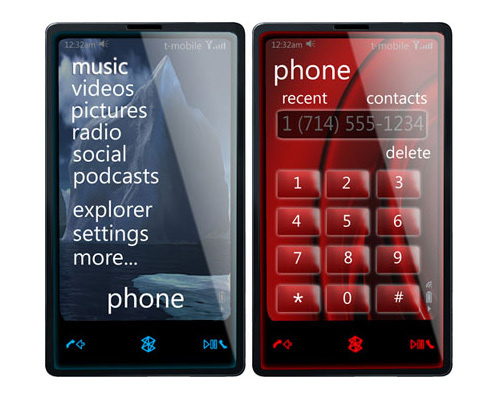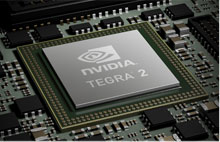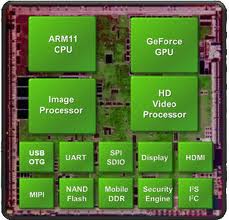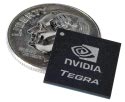nVidia Tegra 2 - What Is It
Who is nVidia?
If you have a personal computer Mac or PC, chances are good that it has a Graphic Processing Unit (GPU) in it built by nVidia.
The company itself is centered in Santa Clara, California. The company was founded in 1993 by Jen-Hsun Huang, Chris Malachowsky, and Curtis Priem. As of 2008 Mr. Huang has run the company as Chief Executive Officer.
Forbes magazine named nVidia company of the year in 2007.
It is said that the company name comes from the pronumeral "n," perhaps implying to the nth power along with Vidia for seeing. The two contracted may mean "immeasurable display" or perhaps "best visual experience."
Lately nVidia has branched into display adapters and processors combined into a single chip for cellular and or smart-phones. By combining the power of a Central Processing Unit (CPU) with a GPU, memory addressing, Northbridge1 and Southbridge2 nVidia has produced what is called a "system on a chip" (SoC3) taking the place of a number of chips, reducing the amount of circuit board required to hold them all, and reducing power requirements in the process.
This in turn extends battery life and reduces the amount of heat these devices typically generate. In short nVidia has grown into a computer processor and display processor company.
The Tegra is a system-on-a-chip.



nVidia Tegra 1
The Tegra 1 was the first system-on-a-chip (SoC) released by nVidia. There are actually a number of SoC devices under the Tegra 1 banner each specifically designed for cellular phones or other mobile devices. The first successful implementation of a Tegra chip (the APX) was in Microsoft'stm Zune media player. This was followed quickly by Samsung's implementation in the M1.
The classes of nVidia Targa are as follows:
- Tegra APX 2500: Cellphone / Smartphone use supporting 600 MHz clock speed, 854 X 400 pixel support (up to 12 Megapixel camera), 1280 X 1024 display resolution, 720p video, USB and HDMI, VGA, composite, S-Video, & Stereo Jack.
- Tegra APX 2600: Same as above, but with improved NAND4 Flash memory support.
- Tegra 600: This chip is designed primarily for GPS use in smartphones with improved navigation; designed for lower power use while maintaining high qualify video.
- Tegra 650: Targeted for handheld or notebook devices; uses less than one Watt of power, and supports 1080p video at 24 frames per second (fps) output; the device also supports WiFi, disk drives, keyboard, mouse, and other peripherals.
- Tegra 250: Designed for ultra-low power consumption, extended 1080p video out at a higher fps rate, with support for two displays and camera.



nVidia Tegra 2
The second generation Tegra 2 is touted as the "world's first super mobile" chip. The Tegra 2 series will support multi-tasking, dual core processing, accelerated memory processing, and console quality game play on mobile devices.
The Tegra 2 is touted to run at 1GigaHertz (GHz) with the graphics processor section likely running around 200 MegaHertz (MHz).
New Features
- Dual-core ARM Cortex-A9 CPU — The Tegra 2 is the first mobile SoC with a dual core processor.
- Ultra-low power GeForce GPU — Because mobile devices live and die by battery life the Tegra 2 series is designed to be even more frugal with power than its predecessor, Tegra 1.
- 1080p Video Processor — The Tegra 2 is designed to present 1080p, high-definition video, from your mobile device, to your home television or theater system without draining the devices battery.
In short the Tegra 2 has been designed with battery life in mind while supporting improved video, memory access, and smooth graphics for game play.
The first smartphone to use the new Tegra 2 is the LG Star. This phone, when finally released will support an eight (8MPxl) MegaPixel camera capable of recording full 1080p video.
LG Star (L) iPhone3 (C), Galaxy S (R)
Coda
The idea of a system on a chip is not new, but nVidia seems to have fully embraced the concept and implemented it to such a high (and shocking to its competitors) degree that it is quickly becoming the defacto standard in mobile computing devices.
That they've managed to cram everything necessary to constitute a computer on a single chip smaller than a U.S. dime is a minor miracle. That a company known primarily as a video processor company created this is nothing short of amazing.
The list of companies using the Tegra processor series includes Advent, Samsung, Notion Ink, Microsoft, Motorola, Toshiba, and LG.
The author will be following future products using the Tegra 2 and report on them. So stay "tuned" so to speak.
Footnotes
1 Northbridge is usually the chipset that handles signals between the CPU and Random Access Memory (RAM) & Graphics Processing Unit (GPU)
2 Southbridge is usually the chipset that handles signals between the CPU and Disc Drives, Universal Serial Bus (USB), Local Area Network (LAN) & other external devices.
3 A system on a chip is basically a single die (term in the chip industry) that contains the processor, memory, communications interfaces, and input/output circuitry to allow the computer to work with keyboard, mouse, microphone, speaker, video display, and any other serially connected devices likely to be attached to the computer. Simply speaking an SoC is a complete motherboard (with processor) on a single chip.
4 A type of memory interface that reduces the number of connections between the memory manager and the memory itself.
Disclaimer
The author was not compensated in any way, either monetarily, with discounts, or freebies by any of the companies mentioned.
Though the author does make a small profit for the word count of this article none of that comes directly from the manufacturers mentioned. The author also stands to make a small profit from advertising attached to this article.
The author has no control over either the advertising or the contents of those ads.

